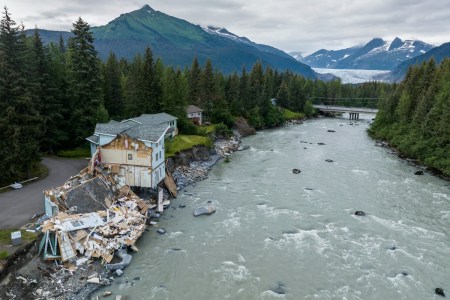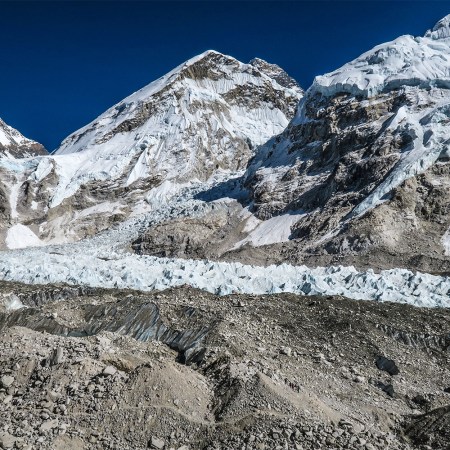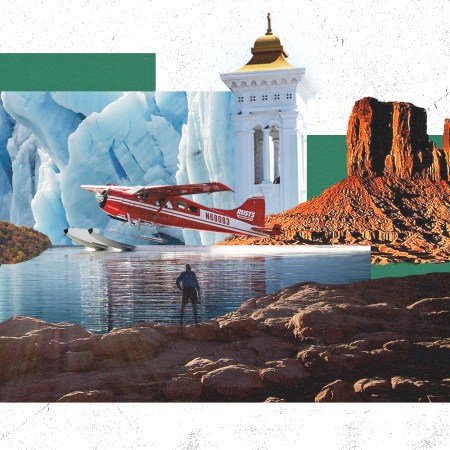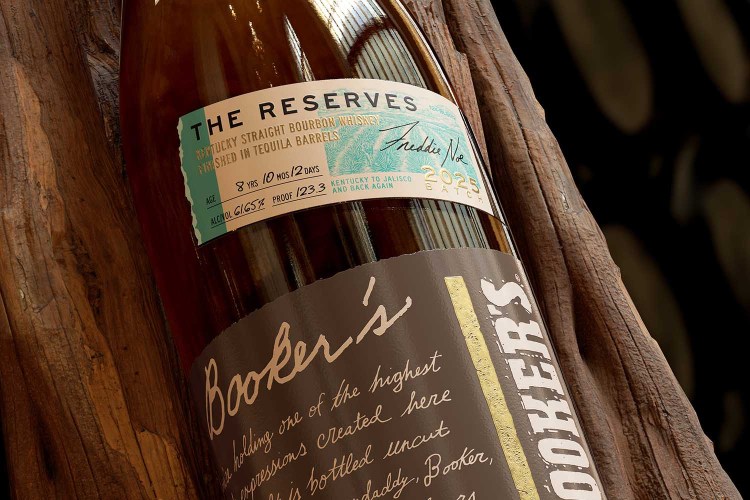How did you celebrate this year’s World Day for Glaciers? Following a United Nations declaration, March 21 was the first time that a specific day was dedicated to the awareness of glaciers and the vital role they play in the planet’s ecosystems. But this was less a case of bartenders creating glacier-themed cocktails and more scientists raising awareness of just how at risk they are — and what the consquences could be for our world.
How bad are things right now? “[F]rom 2022-2024, we saw the largest three-year loss of glaciers on record,” World Meteorological Organization Secretary-General Celeste Saulo said in a statement. “Seven of the ten most negative mass balance years have occurred since 2016.”
The World Glacier Monitoring Service has been analyzing the planet’s glaciers since 1975. Their findings over the last 50 years are similarly unsettling: glaciers have lost over 9,000 billion tons in that time. And if you think that’s a sizable figure, consider this: it doesn’t factor in the reduction in ice sheets around the world, which is an issue unto itself.
Glaciers losing mass doesn’t just mean smaller glaciers — it also means rising sea levels. According to the World Meteorological Organization, glaciers melting between 2000 and 2023 resulted in the world’s sea levels rising by 18 millimeters. “[E]very millimeter sea-level rise exposes an additional 200,000 to 300,000 people to annual flooding,” said Prof. Dr. Michael Zemp, who directs the aforementioned World Glacier Monitoring Service.
Scientists Warn of Crisis Facing Alaska’s Glaciers
The Juneau Icefield may be at riskRising sea levels aren’t the only ways in which the loss of glaciers affects ecosystems around the world. In comments made to El País, the Global Glacier Monitoring Service’s Samuel Nussbaumer pointed to “local natural hazards” and “regional water availability” as other factors to consider. It’s an ominous group of factors to consider as the world continues getting warmer.
This article appeared in an InsideHook newsletter. Sign up for free to get more on travel, wellness, style, drinking, and culture.



















